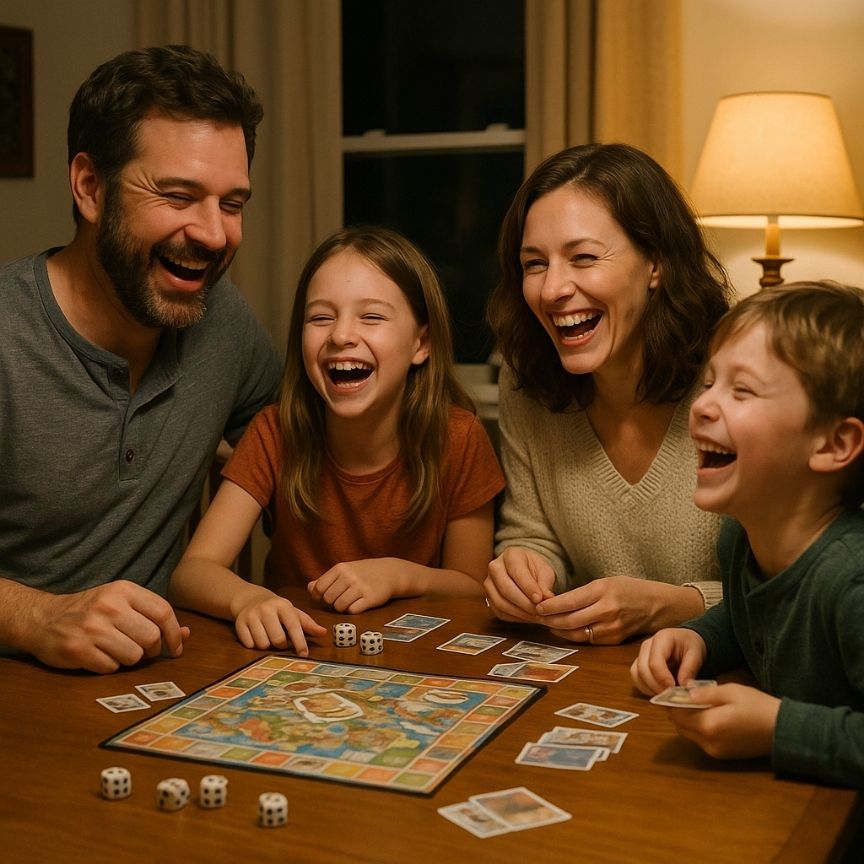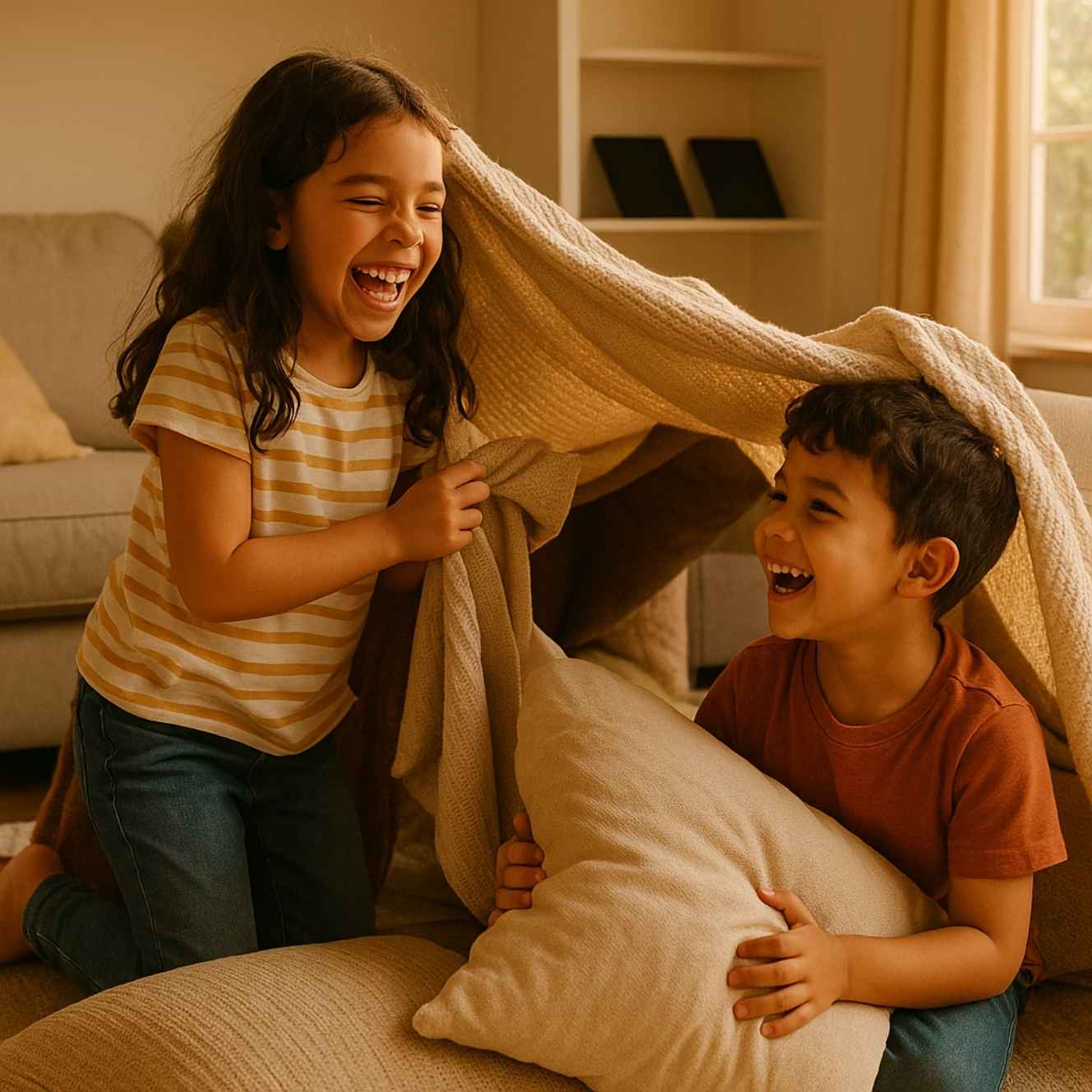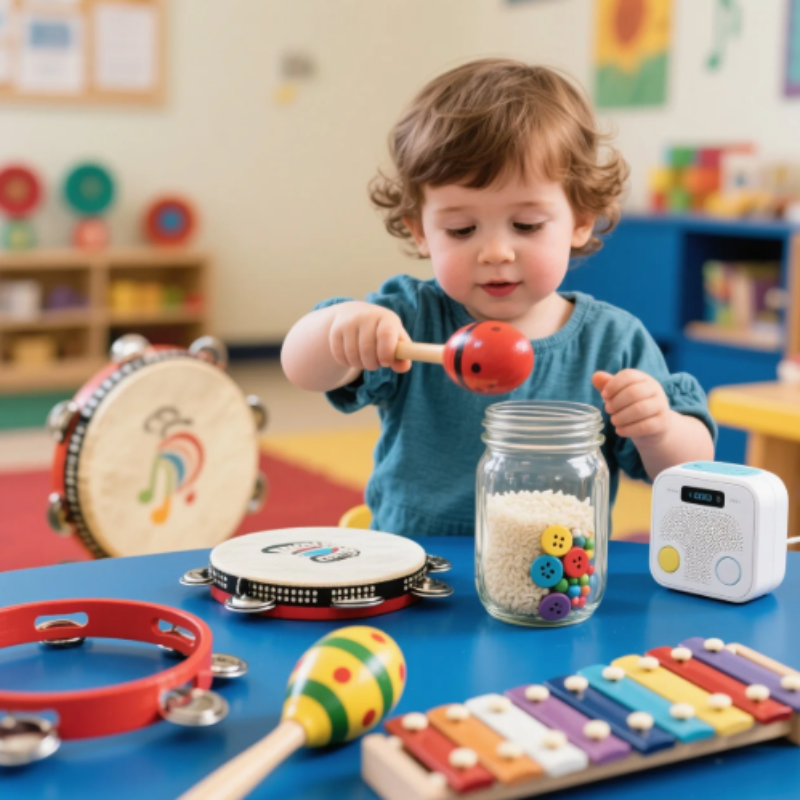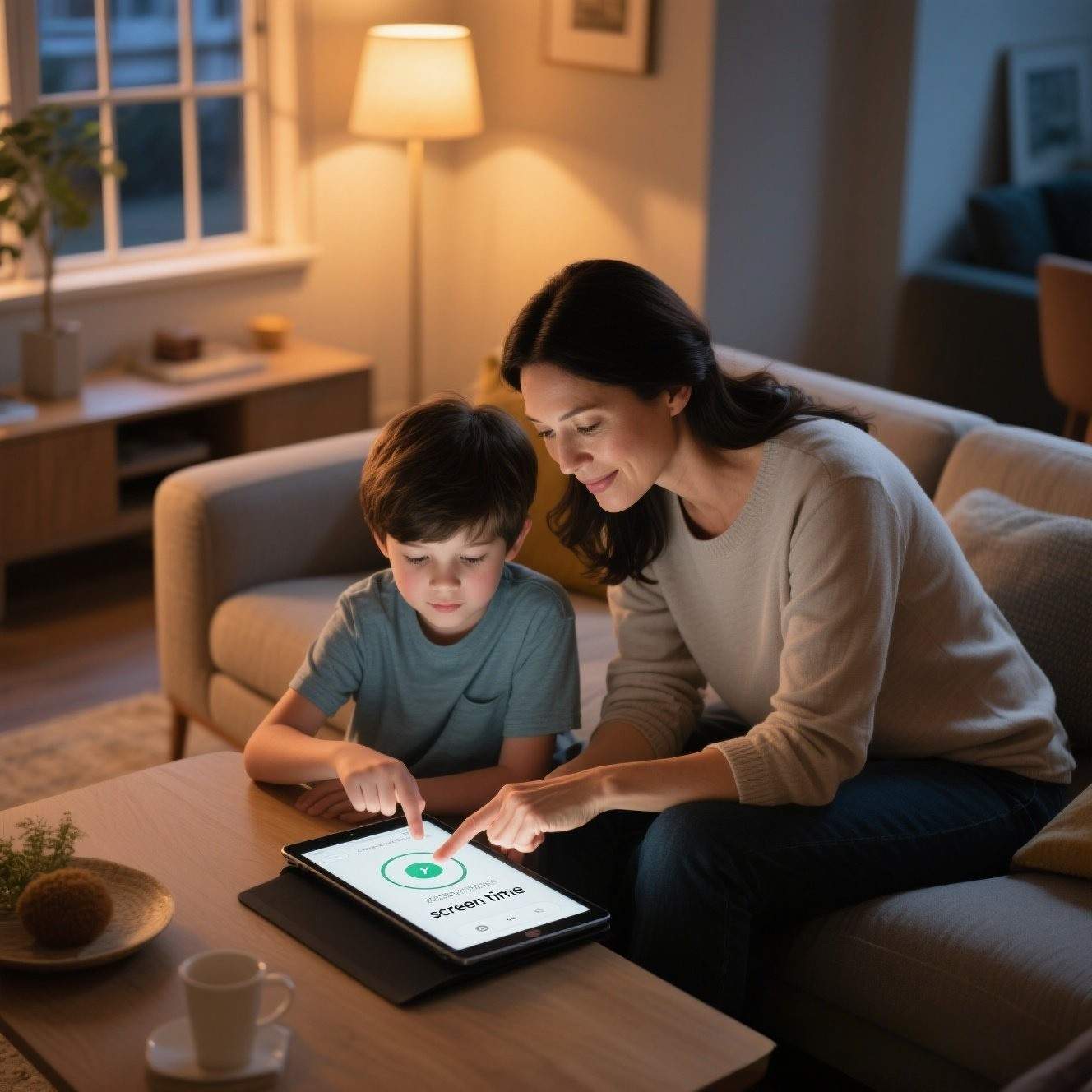Introduction
Screen time has crept into nearly every corner of childhood—from animated shows during breakfast to educational apps before bed. Many parents wonder, what are the digital detox activities for kids that can help balance this screen time. While these digital tools can be convenient and even enriching, many parents notice side‑effects when screens dominate the day: later bedtimes, shorter attention spans, crankier moods, and fewer opportunities for active play. If any of those sound familiar, you’re not alone. The good news is that kids don’t have to abandon technology altogether; they simply need balanced alternatives that invite movement, imagination, and conversation. This article explores engaging digital‑detox activities that nurture healthy development and bring families closer together.
Understand Why Kids Need a Digital Detox
Prolonged exposure to bright screens and rapid‑fire content can overstimulate young brains, disrupt circadian rhythms, and replace crucial real‑world experiences. Pediatric experts emphasize three pillars that digital overuse tends to erode: quality sleep, face‑to‑face interaction, and physical activity. Guidelines from leading health organizations recommend:
- Babies under 18 months — avoid all screens except brief, supervised video calls.
- Toddlers 18 months – 2 years — only high‑quality programming, co‑viewed with an adult.
- Preschoolers 2 – 5 years — limit recreational screen time to about one hour daily.
- School‑age kids and teens — set consistent daily limits that leave ample room for homework, exercise, hobbies, and socializing.
Warning signs a child may need a detox include: constant requests for devices, irritability when screens are taken away, complaints of boredom without a gadget, frequent eye‑strain headaches, or difficulty settling down to sleep. Think of these signals as a dashboard light—time to pause, recalibrate, and swap pixels for play.

Outdoor Adventures and Nature Play
Fresh air and unstructured exploration do wonders for restless minds. Even a small patch of grass becomes a kingdom when kids are given a mission. Try these ideas:
- Backyard or park scavenger hunt — Hand children a short list (“find a heart‑shaped leaf, a smooth pebble, something that smells nice”) and watch their observation skills bloom.
- Nature‑walk journals — Provide a notebook for sketches or pressed flowers; later, ask them to retell the outing like reporters.
- Gardening together — Whether planting tomatoes in raised beds or herbs in window boxes, kids learn patience and responsibility while digging in the dirt.
- Neighborhood bike parade — Invite friends to decorate handlebars with streamers, then ride a set route—all screens left at home.
Make outdoor time stick by scheduling it like any other appointment. For example, “green hour” right after school signals a daily transition from academics to play. Pack snacks, sunscreen, and simple tools (magnifying glass, binoculars) so exploration feels like an adventure, not a chore.

Creative and Hands‑On Indoor Activities
When weather or schedules keep everyone inside, tactile projects can satisfy the same curiosity screens often monopolize. Consider rotating a “maker station” stocked with:
- Arts and crafts: Washable paints, pipe cleaners, cardboard tubes, and a stash of recycled materials spark endless invention—no elaborate kits required.
- LEGO or building blocks: Set challenges (“bridge that holds a book” or “mini‑city with three landmarks”) to stretch engineering instincts.
- Puzzles and brainteasers: Jigsaw puzzles strengthen spatial reasoning; tangrams and logic grids fine‑tune problem‑solving muscles.
- Sensory bins: Fill shallow containers with rice, kinetic sand, or dried beans plus scoops, funnels, and hidden treasures for younger kids.
Join in when you can. Shared glue‑covered fingers and triumphant high fives reinforce that creativity is valued. Display finished projects proudly to build momentum for the next screen‑free session.

Family‑Oriented Games and Hobbies
Nothing beats laughter echoing across a board game—or the satisfied silence of a storybook shared under a blanket. Try:
- Weekly game night: Rotate child‑friendly classics (Uno, Jenga, Ticket to Ride) and let different family members choose the game each week.
- Card‑deck challenges: Teach math through simple variants like “addition war” or strategy via Go Fish adaptations.
- Cooking together: Assign age‑appropriate tasks—mixing batter, washing produce, seasoning sauces. Reading recipes quietly sneaks in literacy and math skills.
- Storytime circle: Pass a flashlight around a dark room; whoever holds it adds a sentence to an evolving bedtime tale.
Establish a visible calendar—perhaps on the fridge—marking “family hobby slots.” Predictability helps kids look forward to unplugged togetherness.

Physical Movement and Mindfulness
Active bodies sleep better and fret less. When playgrounds aren’t an option, transform living‑room space:
- Yoga adventure: Follow a story‑based kids’ yoga script where each pose mimics an animal or part of nature.
- Kitchen‑dance party: Queue up favorite songs, then invent signature moves—limbo under a broom, freeze dance when the music stops.
- DIY obstacle course: Cushions become stepping‑stones, masking tape marks balance beams, and a laundry basket catches bean‑bag “meteorites.”
- Mindful breathing games: Blow cotton balls across the table using slow, measured breaths or imagine inflating a balloon in the belly with each inhale.
Keep challenges bite‑sized—five‑minute dance bursts between homework pages or a two‑pose “sunrise stretch” before breakfast—to build consistency without overwhelm.

Building a Balanced Routine
Detox success hinges on structure. A simple daily timetable might include:
- Morning: Hygiene, breakfast, school prep, brief educational screen time if needed.
- Midday: Academic tasks, chore break, outdoor play.
- Afternoon: Creative station or reading nook, family snack chat, limited entertainment screen time.
- Evening: Dinner, device‑free storytelling or games, calming stretch, lights out.
Helpful tools:
- Digital curfew—power down all devices at least one hour before bedtime to allow melatonin to rise.
- Tech‑free zones—keep meals, bedrooms, and car rides conversation‑friendly.
- Visual schedule—let children help design colorful time blocks; ownership increases cooperation.
Revisit the plan weekly. Celebrate wins (“we hit our outdoor goal four days in a row!”) and adjust friction points. Remember, flexibility beats rigid perfection.

Conclusion
A digital detox isn’t a crusade against technology—it’s a reminder that tablets and televisions are tools, not the main event of childhood. By weaving outdoor adventures, hands‑on creativity, shared hobbies, and mindful movement into everyday life, families discover that boredom turns into curiosity and silence turns into conversation. Balance takes practice, so expect occasional slip‑ups and keep the mood light: substitute rather than scold, invite rather than ban. In time, screens will reclaim their rightful place in the background, and the offline world—with its muddy shoes, paint‑splattered tables, and belly laughs—will shine front and center once more.





